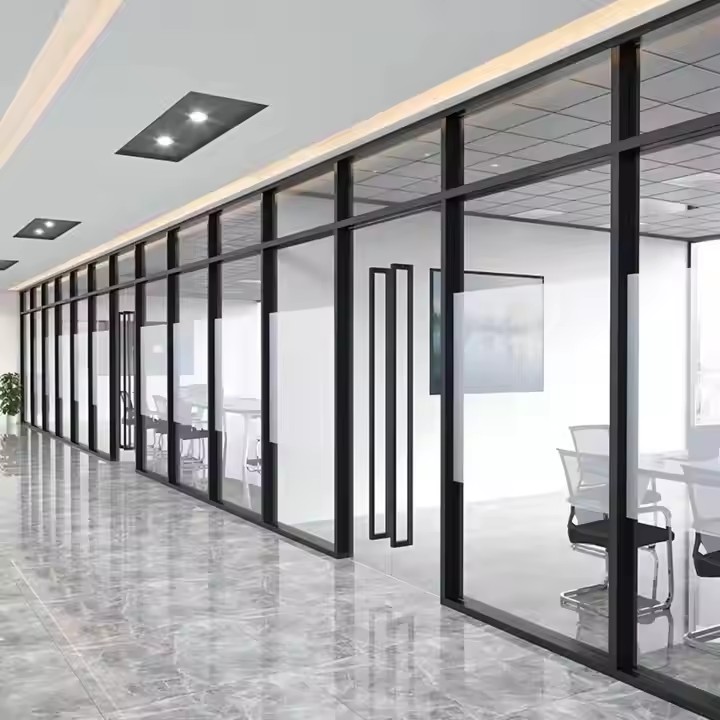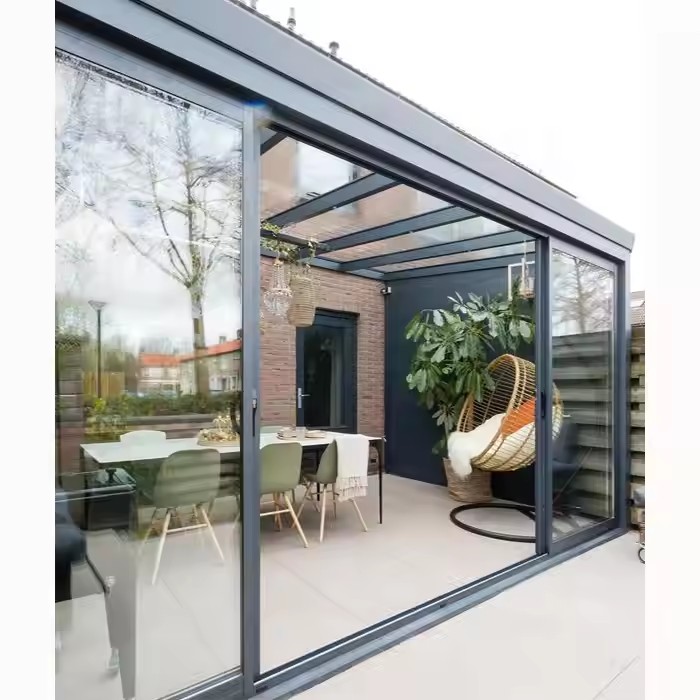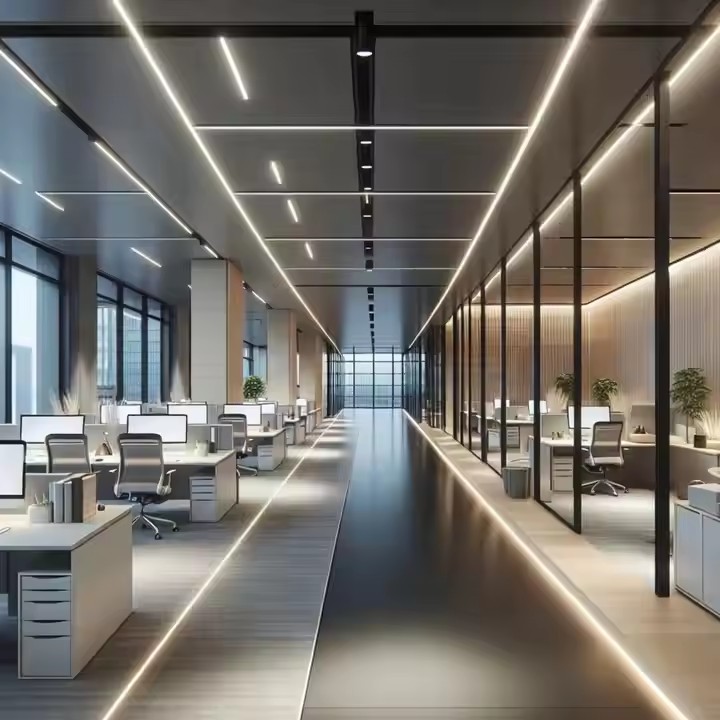I. Early Stage of Cooperation: Distributor Screening and Evaluation Based on “Demand Anchoring”
The professional nature of curtain wall material selection and the variability of projects determine that distributor screening should go beyond a “price-first” approach and shift to a multidimensional evaluation system centered on “demand alignment.” This ensures that distributors can accurately meet the material requirements of the project.
First, a distributor profile should be established based on project needs. Curtain wall projects differ by application scenario (e.g., super high-rise public buildings, residential housing, industrial plants), environmental conditions (e.g., coastal areas with high salt spray, cold freezing regions), and design standards (e.g., energy-saving rating, fire resistance, seismic performance). These differences lead to significant variation in material performance parameters—such as glass transmittance and insulation coefficient, the mechanical strength and corrosion resistance of profiles, and the weather resistance and adhesion of sealants. Therefore, before screening distributors, it is necessary to clarify the project’s key material indicators. For example:
In coastal projects, corrosion resistance against salt spray is critical, so priority should be given to distributors with qualifications in high-weather-resistance materials and prior supply experience in coastal projects.
In super high-rise projects, strict wind pressure resistance requirements on glass mean that distributors with deep cooperation with leading glass manufacturers (such as Xinyi, CSG) and access to stable, high-quality supply should be selected.
This “define needs first, then choose partners” logic prevents mismatches between distributor resources and project requirements.
Second, distributors should be evaluated from three dimensions: qualification, resources, and service.

Qualification: Verify business licenses, manufacturer authorization certificates (to ensure legitimacy and avoid counterfeit materials), and industry certifications (such as those issued by the China Construction Metal Structure Association). Pay special attention to past project references, especially curtain wall projects of similar scale and type, to assess timeliness, quality consistency, and issue resolution capabilities.
Resources: Assess supply chain integration capacity—whether the distributor offers one-stop supply of multiple categories (glass, profiles, hardware, sealants, etc.), reducing coordination costs and quality risks from working with multiple distributors. Also check inventory depth and logistics networks to ensure quick response to special specifications or urgent replenishments.
Service: Evaluate professional technical support capabilities. High-quality distributors should have technical teams able to assist in material selection optimization (e.g., recommending suitable Low-E glass models based on energy requirements), provide performance testing reports, guide installation practices (such as sealant application temperature and curing time), and coordinate with manufacturers in case of quality disputes to trace issues and develop solutions.
Finally, lock in partners through on-site inspections + sample testing + contract negotiations. After preliminary shortlisting, organize technical, procurement, and legal staff to visit distributors’ offices, warehouses, and manufacturing partners to verify scale, inventory management, and production capacity/quality systems. Obtain key material samples and commission third-party labs for performance testing (e.g., profile wall thickness and tensile strength, glass flatness and spontaneous breakage rate, sealant aging resistance). Ensure quality aligns with project design standards. During contract negotiations, clearly define quality standards, acceptance procedures, delivery cycles, price adjustment mechanisms (e.g., responses to raw material price fluctuations), liability for quality breaches (e.g., replacement and compensation terms), and after-sales commitments (e.g., warranty repair or replacement). These terms legally solidify responsibilities for both parties.
II. Mid-Stage of Cooperation: Material Implementation and Risk Management Centered on “Collaborative Control”
The curtain wall material implementation process involves multiple stages—requirement confirmation, order placement, production tracking, logistics, on-site acceptance, and installation coordination. Any disconnection may cause delays or quality risks. Therefore, a “collaborative control” mechanism with distributors is essential for efficient alignment and early risk warning.

First, establish a “dynamic requirement confirmation” mechanism to avoid material mismatches. Curtain wall projects may face design changes (e.g., façade adjustments altering glass dimensions), site condition variations (e.g., opening size deviations requiring profile adjustments), or owner requirement shifts (e.g., adding shading systems affecting hardware selection). In such cases, frequent communication with distributors is crucial—for example, holding weekly coordination meetings with the client, designer, contractor, and distributor to confirm the current material demand list (specifications, models, quantities, technical parameters, delivery times, and locations). Any change must be communicated in writing (e.g., change notice) to distributors, who should confirm feasibility within a set timeframe (e.g., whether new molds are required, whether delivery time will be extended). This prevents missed or incorrect supplies caused by untimely communication or misunderstandings.

